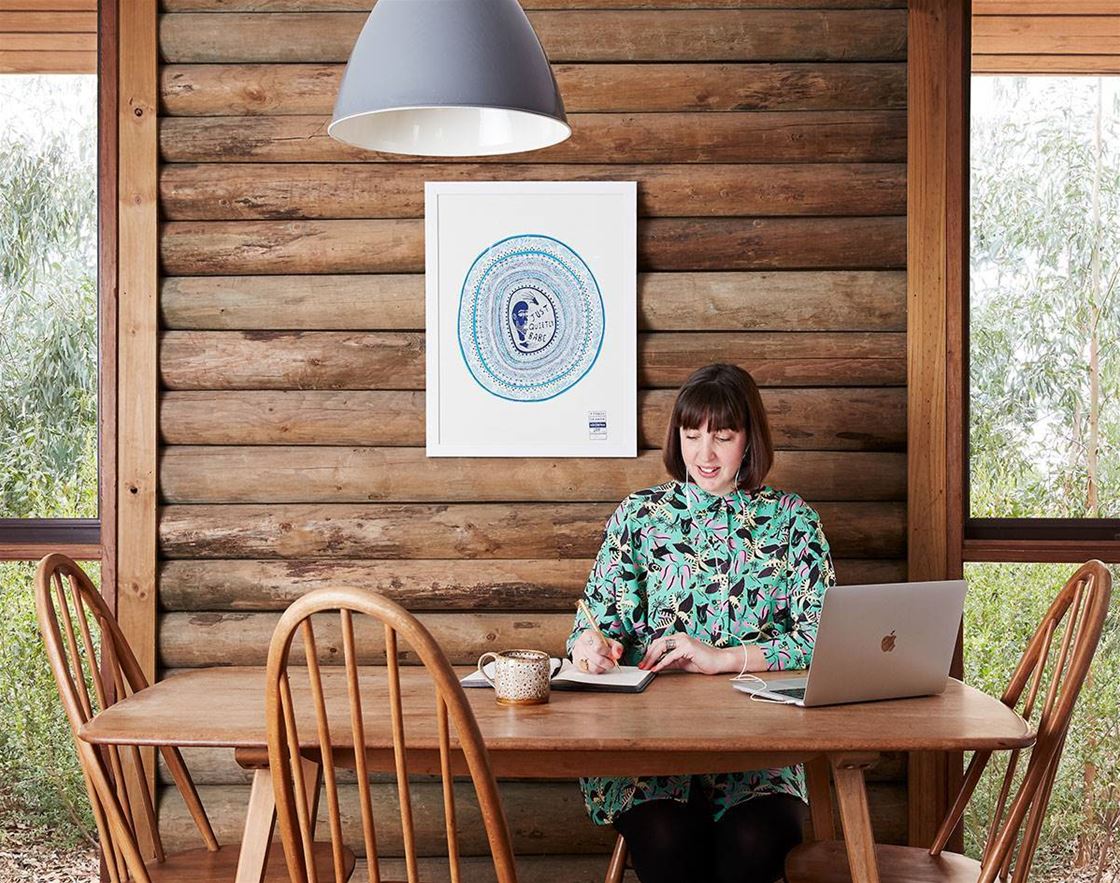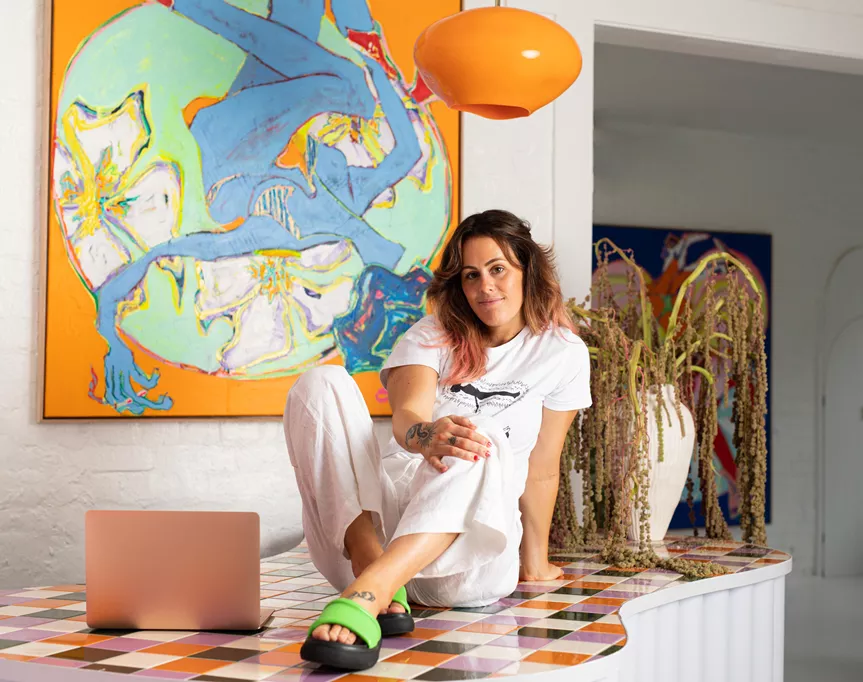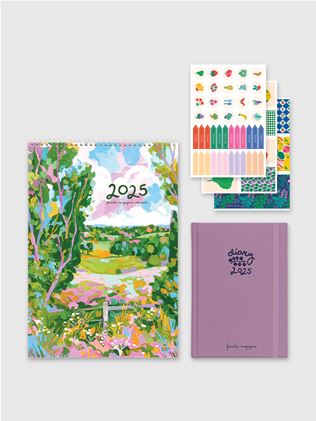five tips for building an online community
Starting a business can be one of the most rewarding things you'll ever do, but it can also be one of the hardest. Like pretty much anything else in life, it helps when you have people you can turn to for support, encouragement and a gentle push when you need it.
As anyone who's ever started a business knows, finding those people isn’t always easy. You might be the only person in your social circle who's stepped out of a secure role and taken the leap. Perhaps you’re the only one who's not only starting a business, but a family at the same time. Or maybe you’re running a business in a niche field that few of your friends truly understand.
Cultivating a community is one of the single best things you can do. Not only does it help in a practical sense (i.e. building brand awareness and sales), but also from a mental health perspective. We are social creatures after all. So how do you do it? What does it look like to have a community around your brand that helps spread the word, that consistently introduces you to new customers and genuinely has your back when times get tough? And how do you do all of this online during a pandemic? To help you get started, here are five practical steps you can take to cultivate a meaningful community for both your business and yourself in the digital space.
KNOW YOURSELF This sounds like such an easy thing to master, but it’s something most of us will spend our whole lives figuring out. What do I stand for? What do I believe? Which values do I want to guide my life and my business by? Most importantly: why do I want to build this community? When looking to cultivate a community, it pays to do some work on you as the business owner. You can start by taking an online personality test such as 16 Personalities and uncovering what drives you, as well as dedicating time to understand your core beliefs and values (my free online values checklist may help). Community happens when people feel a genuine connection. By understanding the values and beliefs that truly align with you and your business, and showing these through your content and marketing, you’re enabling that connection to happen.
KNOW YOUR PEOPLE The next thing to get really clear on is who you’re hoping to connect with and serve with your business (aka your audience). Community results when you truly understand the needs and wants of your audience and you’re able to meet these. While you may not be able to run events or meet up with your potential customers in real life right now, you can still uncover their wants and needs via online forums, mining industry-specific Facebook groups for real-life needs and frustrations, surveying existing customers through a tool like Google Forms or just using polls and question stickers in your IG Stories.
KNOW WHAT YOUR PEOPLE WANT There’s no point spending all your time trying to build a community on Twitter if your audience hasn’t checked their account there since 2016. Part of building a community is meeting your audience where it most suits them. You could, for example, create an industry-specific Facebook group where you provide regular tips, or you might like to host an online accountability group. Likewise, if your audience is time poor (i.e. parents) perhaps one of your community channels can be a podcast. If they’re people looking to cut back on spending, perhaps it’s a monthly email with four quick tips to help them save. Try mapping out a day or week in the life of your ideal customer or client. Which social channels do they spend time on? Which time of day might work best for them to watch a Q&A? Are they always on the go or do they have more leisure time? How often do they have time to partake in what you’re creating?
KNOW WHY THEY SHOULD CARE Whether you’re building an accountability group with three small biz friends in the same industry or you’re creating a 1000-strong global community around your brand, you want to be clear on what value you’re providing. Why should people care about joining your Facebook group or coming to your fortnightly Zoom meetings? What is it that they’re getting from the experience and how are you communicating this? What would help them right now and how can you deliver this? When someone helps us with something, we remember it. Whether you're making a monthly budget sheet for freelancers or an editable seating plan for a wedding, you need to know how you’re providing value that keeps people coming back and telling their friends about you.
IT’S NOT ALL ABOUT THE MEMBERS #CommunityOverCompetition is a hashtag we often see bandied around on social platforms. When building your own community, it can be tempting to look at others and compare. If you find yourself doing this, stop, exhale and go back to step one. Remember why you started it and remind yourself that vanity metrics aren’t everything. Having more people in your online community doesn’t necessarily mean it’s better or that people will be more engaged. Sometimes it’s the smaller, more tight-knit communities we’re a part of that are the most engaging. When building an online community it can be easy to forget that behind every like, follow, download or new subscriber is a real person, just like you, wanting to connect. Remember this when you find yourself worried about numbers.
Fiona Killackey is the founder of My Daily Business Coach and the author of Passion. Purpose. Profit.










.jpg&q=80&w=316&c=1&s=1)

















.jpg&q=80&w=316&c=1&s=1)










